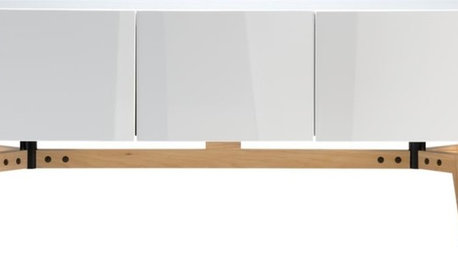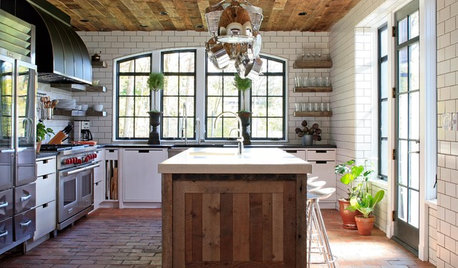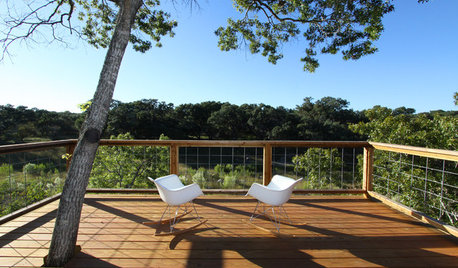What to do with wood ash?
ralleia
12 years ago
Related Stories

REMODELING GUIDESYour Floor: An Introduction to Solid-Plank Wood Floors
Get the Pros and Cons of Oak, Ash, Pine, Maple and Solid Bamboo
Full Story
PRODUCT PICKSGuest Picks: Light Wood Accents That'll Grow on You
Ditch the darkness with modern accessories and furniture in ash, birch and light oak
Full Story
HOUSEKEEPINGHow to Remove Water Rings From Wood Tables
You may be surprised by some of these ideas for removing cloudy white water marks from wood surfaces
Full Story
LIVING ROOMSHow to Convert Your Wood-Burning Fireplace
Learn about inserts and other options for switching your fireplace from wood to gas or electric
Full Story
GARDENING AND LANDSCAPING8 Rot-Resistant Woods for Your Outdoor Projects
No need for chemical treatments on your deck or pergola. These woods stand up to weather, insects and time beautifully on their own
Full Story
REMODELING GUIDESPro Finishing Secret: Aniline Dye for Wood
Deeper and richer than any stain, aniline dye gives wood stunningly deep color and a long-lasting finish
Full Story
KITCHEN CABINETSNew This Week: 3 Modern Kitchens That Rock Warm Wood Cabinets
Looking for an alternative to bright white? Walnut cabinetry offers the perfect tone to warm things up
Full Story
KITCHEN DESIGNSee How Wood Warms Modern White Kitchens
Have your shining all-white kitchen and warmth too, with this natural material that keeps starkness at bay
Full Story
KITCHEN DESIGNWhat to Know About Using Reclaimed Wood in the Kitchen
One-of-a-kind lumber warms a room and adds age and interest
Full Story
GREAT HOME PROJECTSHow to Refinish a Wood Deck
Keep your deck looking its best — and save feet from splinters — by applying a new stain and sealant every year or so
Full Story






toxcrusadr
berryman135678
Related Professionals
Carson Landscape Architects & Landscape Designers · Saint Matthews Landscape Architects & Landscape Designers · McKinney Landscape Contractors · Dunwoody Landscape Contractors · Elmhurst Landscape Contractors · Post Falls Landscape Contractors · Quincy Landscape Contractors · Royal Oak Landscape Contractors · Wareham Landscape Contractors · High Point Decks, Patios & Outdoor Enclosures · Liberty Decks, Patios & Outdoor Enclosures · Reisterstown Decks, Patios & Outdoor Enclosures · Springfield Decks, Patios & Outdoor Enclosures · Westford Decks, Patios & Outdoor Enclosures · Highland Decks, Patios & Outdoor Enclosurestishtoshnm Zone 6/NM
david52 Zone 6
toxcrusadr
berryman135678
david52 Zone 6
berryman135678
Jon_dear
ralleiaOriginal Author
Worms4Tracy
yolos - 8a Ga. Brooks
Kimmsr
vermontkingdom
Michael
toxcrusadr
david52 Zone 6